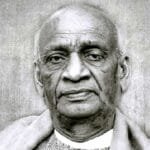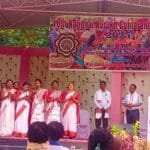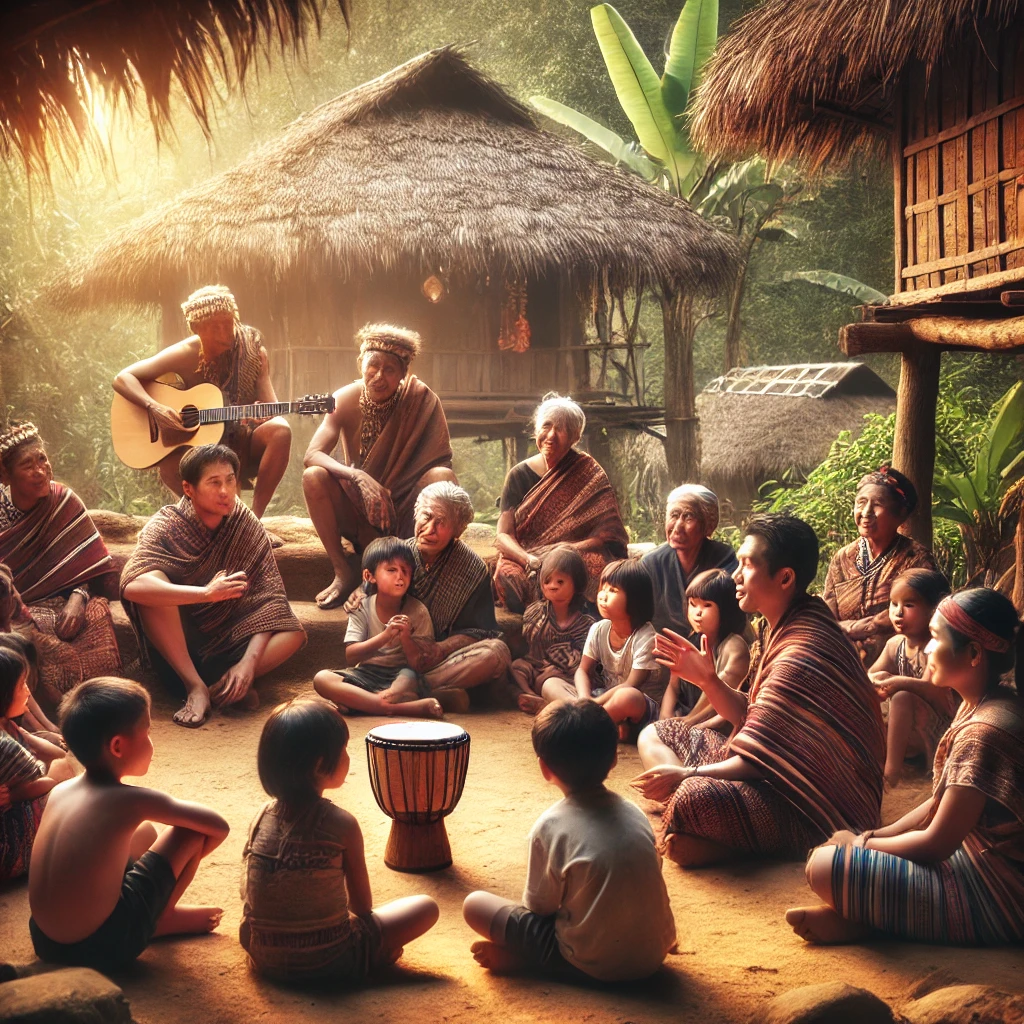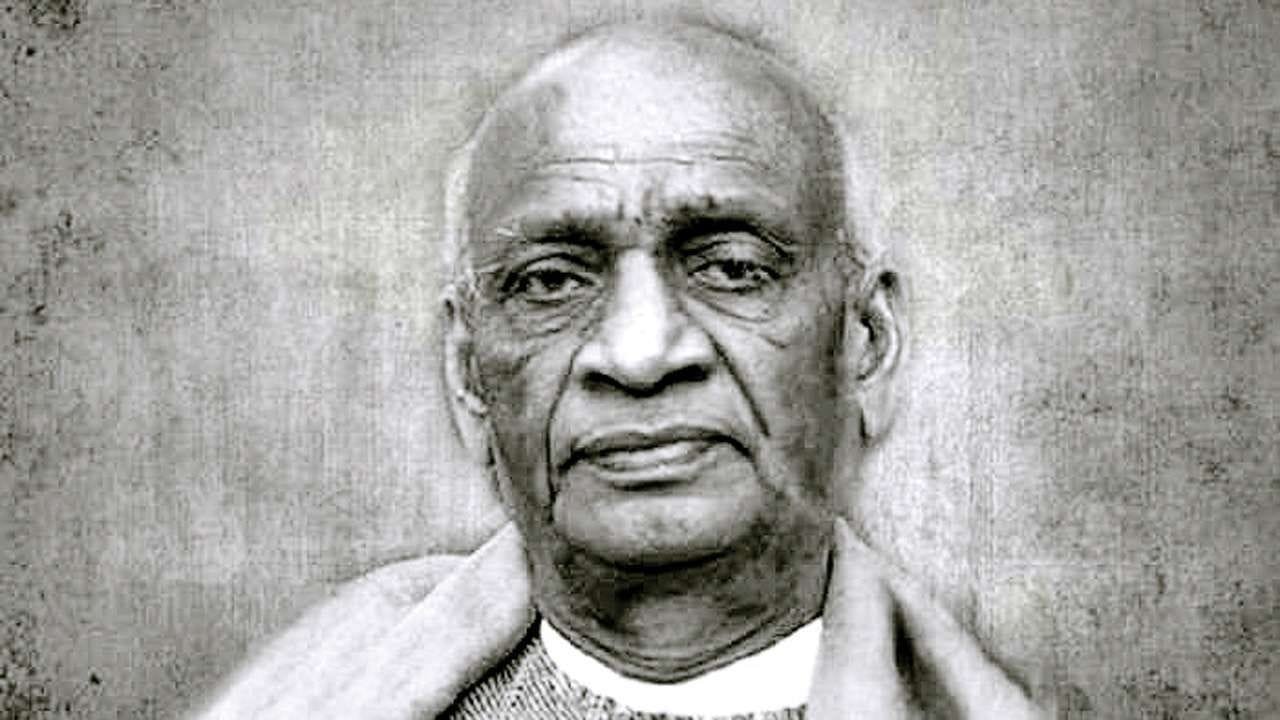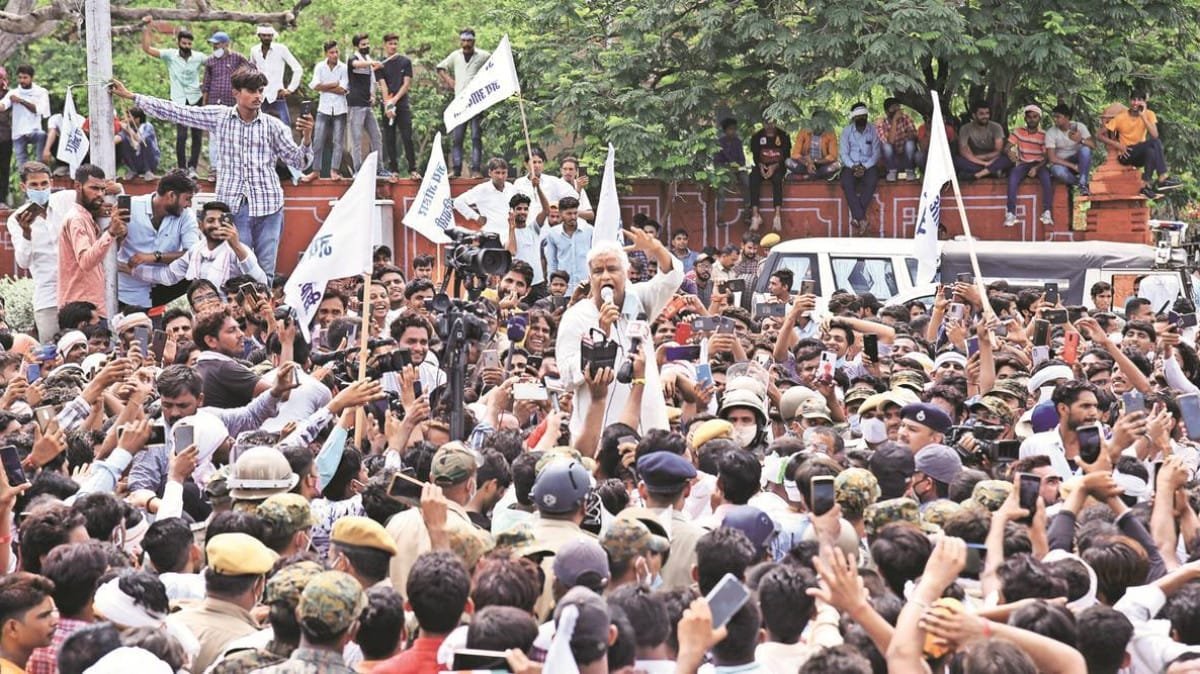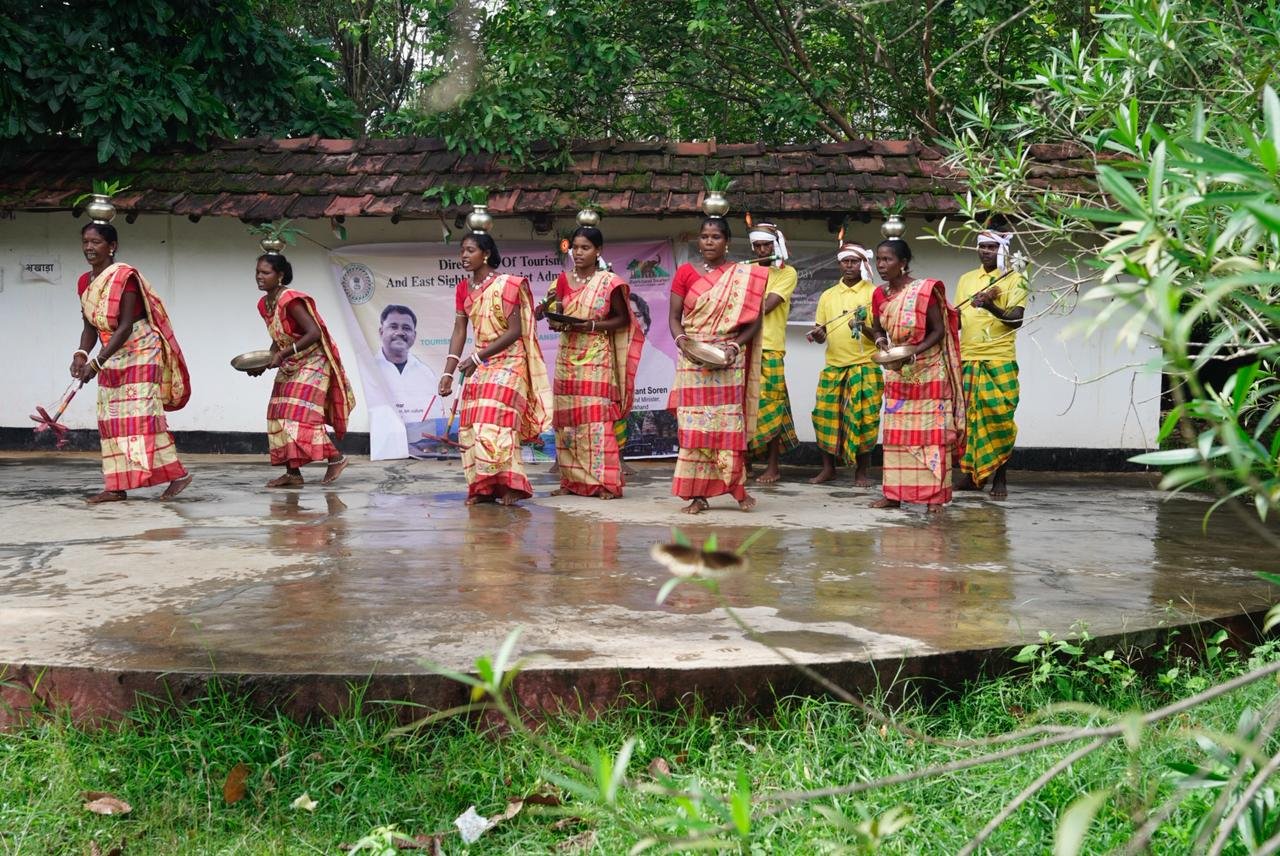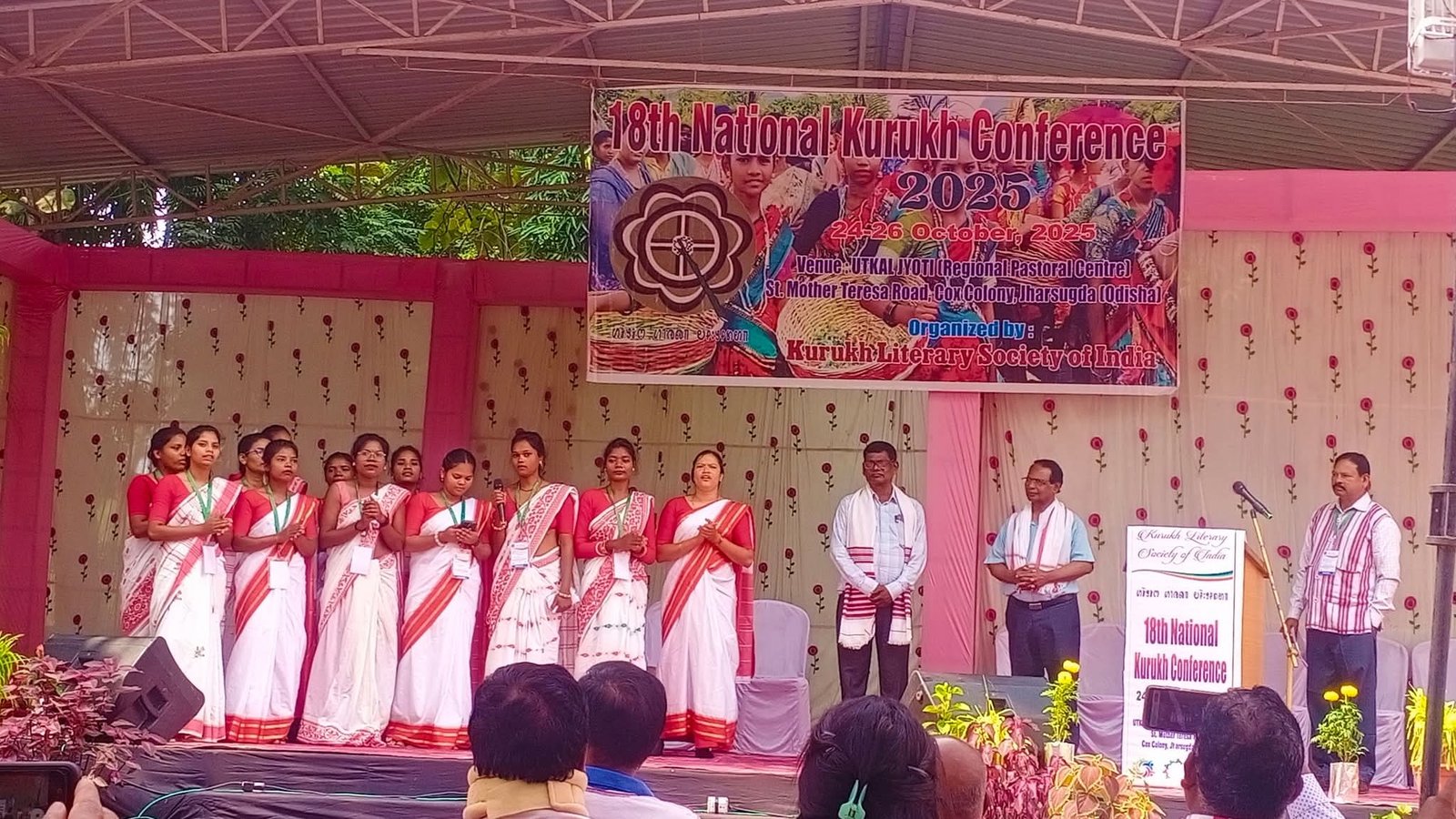India is home to more than 200 tribal languages, reflecting the country’s rich cultural and linguistic diversity. However, only two tribal languages—Santhali and Bodo—have been included in the Eighth Schedule of the Indian Constitution, granting them official recognition. The exclusion of other tribal languages from constitutional status, coupled with the imposition of dominant languages like Hindi and regional state languages, has placed indigenous tongues under threat. On this International Mother Language Day, it is crucial to critically examine the factors contributing to the decline of tribal languages and explore ways to protect them.
Linguistic Marginalization of Tribal Communities
Despite their historical significance, tribal languages in India face systemic neglect. Policies favoring Hindi, English, and dominant regional languages in education, administration, and media have marginalized indigenous languages. UNESCO has classified several tribal languages as endangered, warning that they could become extinct if immediate steps are not taken.
According to linguist Ganesh Devy, India has already lost over 250 languages in the last 50 years, and many tribal languages are at risk of disappearing. This loss is not just a linguistic crisis but also a cultural one, as language is deeply intertwined with identity, history, and traditional knowledge.
Factors Leading to the Decline of Tribal Languages
- Language Imposition in Education
The Indian education system prioritizes Hindi, English, and regional state languages, often neglecting tribal languages. Children from tribal communities are forced to study in non-native languages, leading to language shift and eventual loss. A 2017 study by the National Council of Educational Research and Training (NCERT) found that tribal students struggle with education because their mother tongue is not used as the medium of instruction. - Lack of Official Recognition and Institutional Support
The Eighth Schedule of the Constitution lists 22 languages, including Hindi, Bengali, Tamil, and Telugu, among others. However, only Santhali and Bodo from the tribal linguistic group have been recognized. Many other tribal languages, such as Ho, Mundari, Gondi, Kurukh, and Khasi, remain outside this list, leading to their exclusion from government programs, educational curricula, and administrative work. - Dominance of Hindi and English in Media
The lack of representation of tribal languages in mainstream media, including newspapers, television, and digital platforms, has contributed to their decline. While Hindi, English, and regional languages dominate news and entertainment, tribal languages are often confined to informal oral communication. - Urbanization and Economic Pressures
Migration from tribal regions to cities for education and employment has further weakened linguistic continuity. In urban settings, young tribal individuals often switch to dominant languages to secure jobs and integrate into mainstream society, leading to a generational disconnect with their native tongues. - Religious and Cultural Conversions
The imposition of dominant religious practices has also played a role in language erosion. Many tribal languages are deeply connected to indigenous spiritual beliefs, and conversion to other religions sometimes leads to the adoption of new linguistic practices.
How Can People Protect Tribal Languages?
While the decline of tribal languages is a serious concern, there are steps that individuals, communities, and governments can take to preserve and promote linguistic diversity.
1. Demand Constitutional Recognition
Activists and scholars have been advocating for the inclusion of more tribal languages in the Eighth Schedule. Recognizing languages like Gondi, Ho, Mundari, and Kurukh would ensure government support in education, literature, and administration.
2. Strengthen Mother-Tongue-Based Education
UNESCO emphasizes the importance of mother-tongue-based multilingual education. Tribal languages should be used as the medium of instruction in primary schools, with bilingual education models that allow students to learn both their native tongue and a dominant language like Hindi or English. States like Odisha and Jharkhand have initiated tribal language education programs, but these need to be expanded.
3. Promote Tribal Media and Digital Content
The rise of digital platforms provides an opportunity for language revival. More tribal-language newspapers, radio stations, podcasts, and YouTube channels should be encouraged. Governments and private institutions can fund content creation in tribal languages to make them more accessible.
4. Support Community Initiatives and Language Documentation
Community-driven initiatives such as storytelling programs, folk music events, and festivals can help sustain oral traditions. Linguists and researchers should also document endangered languages by creating dictionaries, textbooks, and digital archives.
5. Encourage Youth Participation
Younger generations must be encouraged to take pride in their linguistic heritage. Organizing cultural events, competitions, and interactive sessions in schools can help instill a sense of linguistic pride among tribal youth.
6. Legal Protections and Policy Changes
The government should implement policies that mandate the use of tribal languages in public offices in tribal-dominated districts. Additionally, linguistic rights should be legally protected, preventing the forced imposition of dominant languages.
Conclusion
The survival of tribal languages in India is essential for preserving the country’s rich cultural heritage. On this International Mother Language Day, it is important to recognize that linguistic diversity is not just a matter of communication but a key aspect of identity, knowledge, and community well-being. While the imposition of dominant languages threatens indigenous tongues, proactive efforts by individuals, communities, and policymakers can help protect and revive them. Tribal communities must assert their linguistic rights, and the government must take concrete steps to ensure that tribal languages continue to thrive for future generations.
References
- Devy, Ganesh. The People’s Linguistic Survey of India. Orient Blackswan, 2013.
- UNESCO. Atlas of the World’s Languages in Danger. 2010.
- NCERT. Position Paper on Tribal Education in India. 2017.
- Mohanty, Ajit K. Multilingual Education for Indigenous Communities in India: Culture, Language, and Power. Springer, 2019.



